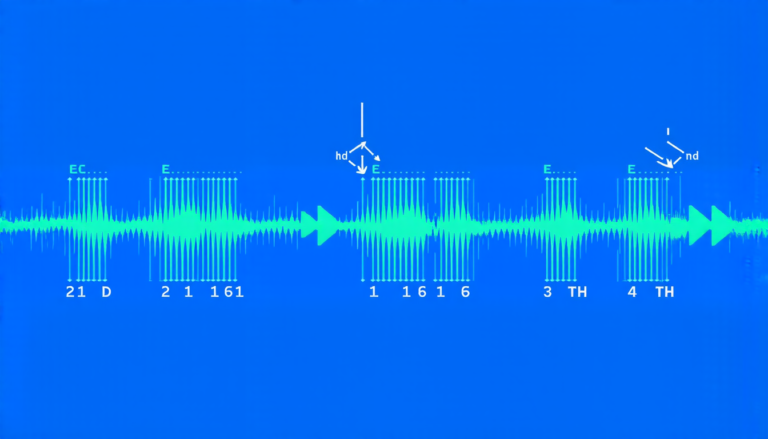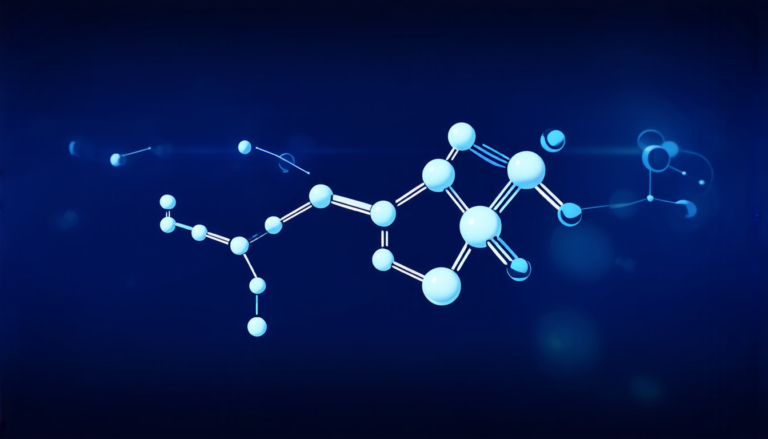Wednesday 16 April 2025
Researchers have made a significant breakthrough in image compression, developing a new technique that uses high-level semantic information to improve the quality of compressed images. The approach, known as SELIC, leverages the power of deep learning and natural language processing to guide the compression process.
Traditional image compression methods rely on low-level visual features such as edges and textures to reduce the amount of data required to represent an image. However, these approaches can struggle to preserve subtle details and nuances in the original image. SELIC addresses this limitation by incorporating semantic information extracted from text descriptions of the images into the compression process.
The technique uses a combination of convolutional neural networks (CNNs) and transformer-based models to learn a mapping between image features and textual semantics. This allows the algorithm to identify important visual elements and allocate more bits to their representation, resulting in improved compression performance.
In testing, SELIC outperformed state-of-the-art image compression methods by up to 0.1-0.15 dB in peak signal-to-noise ratio (PSNR), a widely used metric for evaluating image quality. The technique also demonstrated significant improvements in bit-rate reduction, achieving a 4.9% better data efficiency than the baseline method.
The implications of SELIC are far-reaching, with potential applications in various fields such as medical imaging, surveillance, and multimedia communication. For instance, compressed images generated using SELIC could be used to transmit vital information quickly and efficiently over limited-bandwidth networks, such as those found in remote healthcare settings.
One of the key advantages of SELIC is its ability to learn from a diverse range of image types and textures. The algorithm can adapt to different semantic contexts, enabling it to compress images with varying levels of complexity and detail. This flexibility makes SELIC an attractive solution for real-world applications where images may be subject to various environmental conditions or contain intricate features.
The future development of SELIC is expected to focus on refining the technique’s ability to generalize across different image domains and improving its computational efficiency. As researchers continue to push the boundaries of image compression, it will be exciting to see how this technology evolves and is applied in a wide range of contexts.
Cite this article: “Semantic Image Compression: A Game-Changer in Data Storage?”, The Science Archive, 2025.
Image Compression, Deep Learning, Natural Language Processing, Convolutional Neural Networks, Transformer-Based Models, Image Features, Textual Semantics, Psnr, Bit-Rate Reduction, Data Efficiency







